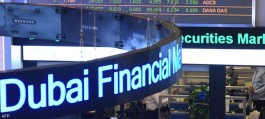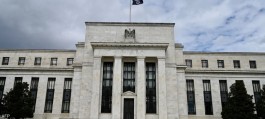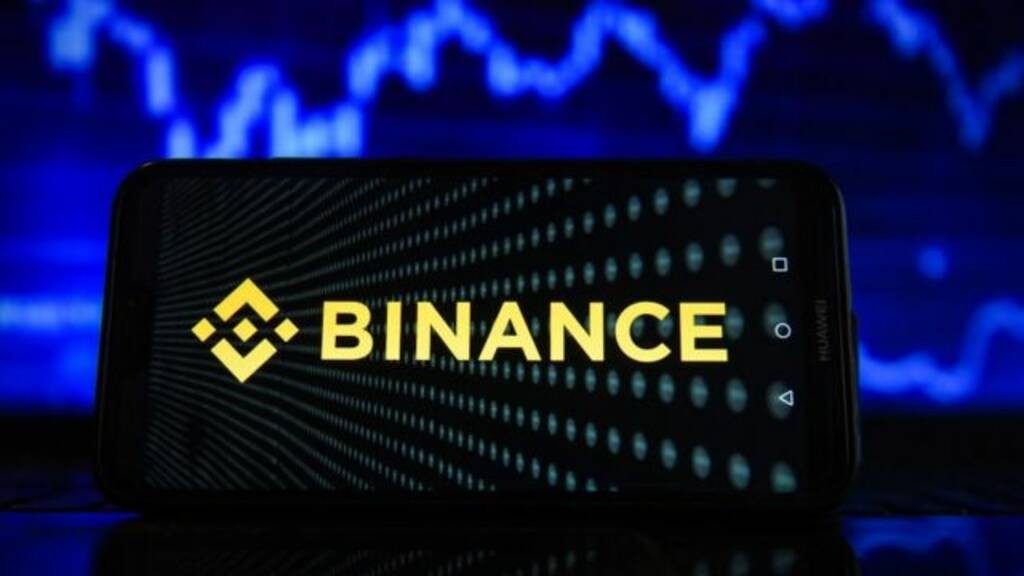Binance, the world’s largest cryptocurrency exchange by trading volume, has unveiled a new funding price arbitrage bot and launched a full instant copy trading feature for all eligible users.
Financing rate arbitrage is a common tactic in the perpetual futures market on cryptocurrency exchanges. The strategy focuses on exploiting gaps in financing rates across different exchanges to profit from interest rate differentials.
The robot employs two strategies to help traders earn financing fees by opening a perpetual futures contract and hedging it with an opposite contract in the spot market. This system keeps the contract price in line with the spot price of the underlying asset. When financing rates are positive, long positions drive short positions. Conversely, when rates are negative, short positions drive long positions.
Binance now offers nearly 120,000 active trading strategies on its trading bot marketplace. Popular automated trading tools available include automated online trading for spot and futures, rebalancing bot, auto-investing, and dollar-cost averaging (DCA).
The newly launched bot is also the first Binance bot to automate the delta-neutral futures and spot arbitrage strategy. It simplifies the process by automating both spot and perpetual futures trades simultaneously, eliminating the need for users to manually manage two separate trades.
Separately, Binance is set to launch its Instant Copy Trading feature for all eligible users. This will allow users to automatically follow and copy the trades of top traders on the platform. To use Binance’s Instant Copy Trading feature, users must meet the minimum portfolio asset management requirements.
Copy trading was originally introduced by the social trading platform eToro, and has since been picked up by other major cryptocurrency platforms.
Binance first introduced the instant copy trading feature to its main traders in late April. The exchange claims the feature has proven to be a success, with over 70% of active main traders posting positive profits and losses despite April’s market volatility that saw the total crypto market cap drop by 11%.



































